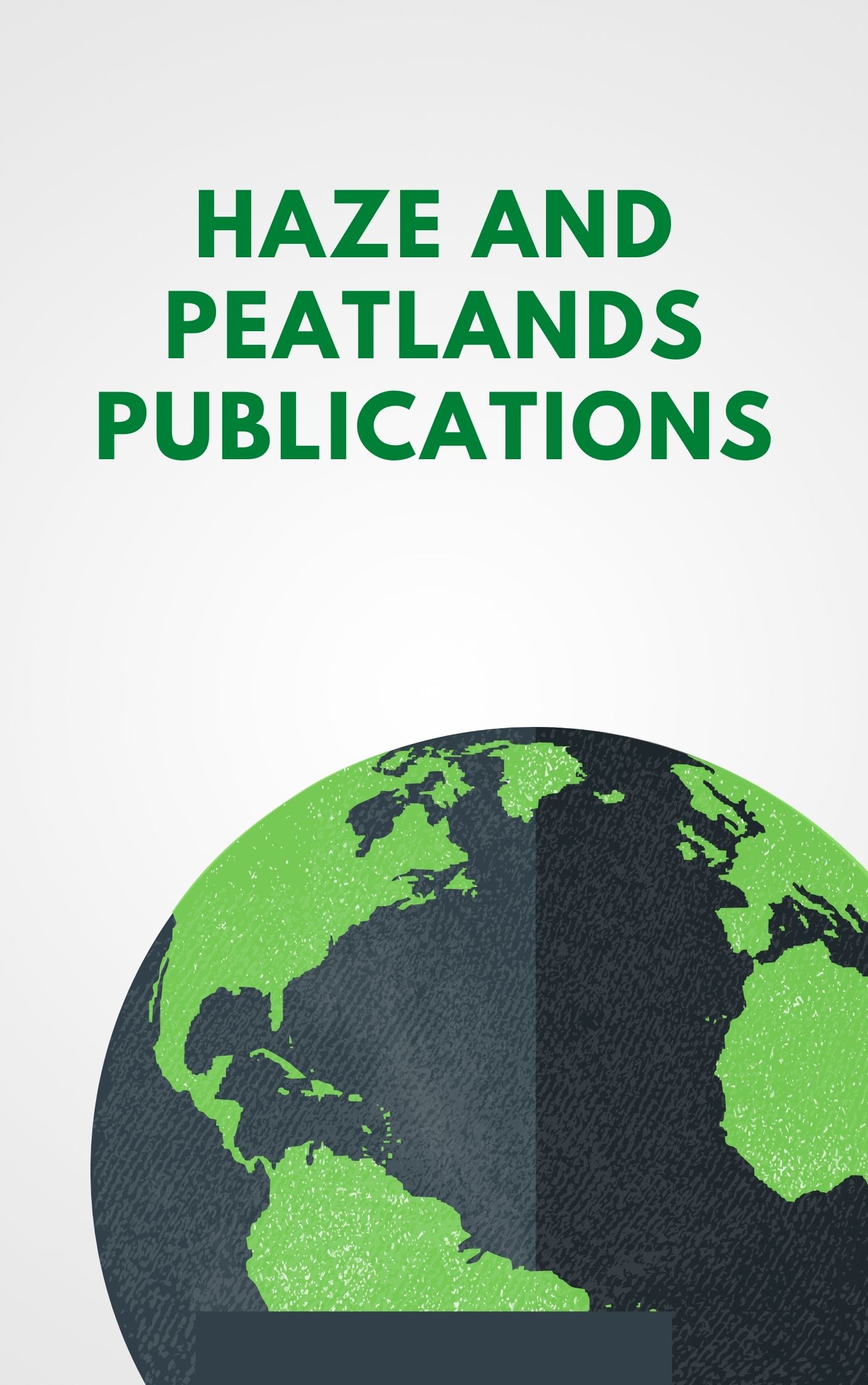Background Over the last 20 years, malaria incidence has decreased across the Greater Mekong Sub-region (GMS) and the emergence of artemisinin resistance has stimulated efforts to accelerate regional elimination. In the GMS, the malaria transmission is focused increasingly in forested zones. This article describes forest-going activities and examines forest workers’ attitudes to and experiences of malaria prevention and control in north-eastern Cambodia. Methods In Stung Treng Province, Cambodia, 19 in-depth interviews were conducted in villages with participants recently diagnosed with uncomplicated falciparum malaria who reported working in forests. Two focus group discussions with respondents’ forest-working peers were held. Interviews and focus groups were audio-recorded transcribed, and translated for thematic analysis. Results Forest work is an essential source of income for respondents. Many combine it with farming, which influences the timing and duration of forest visits. Forest activities include logging and collecting other forest products, particularly malva nuts. Men log year-round, whereas gathering forest products is seasonal and can involve entire families. Forest workers sleep chiefly in unimpregnated hammock nets in make-shift encampments. Respondents are concerned about symptomatic malaria, but unfamiliar with the concept of asymptomatic infection. They view the forest as an area of potential malaria infection and seek to protect themselves from mosquito bites through wearing long-sleeved clothes, using repellents, and lighting fires. Forest workers express a willingness to self-test and self-administer anti-malarials. Conclusions Forest workers’ behaviour and perceptions of risk indicate that improvements are needed to current control measures. There is potential to: better target distribution of impregnated hammock nets; offer curative or presumptive treatment while in forests; and expand access to screening. Establishing the efficacy and feasibility of prophylaxis for forest workers in the GMS is a priority.
View source
Keyword(s)
Medical Sciences--Communicable Diseases, Malaria, Elimination, Forest, Greater Mekong Sub-region, Qualitative, Prophylaxis, Bites, Workers, Pest control, Artemisinin, Nets, Disease transmission, Sleep, Forests, Risk taking, Logging, Duration, Studies, Forest products, Focus groups, Infections, Human diseases, Vector-borne diseases, Men, Translations, Repellents, Researchers, Community, Ethics, Consent, Transmission, Asymptomatic infection, Forest fires, Feasibility, Mosquitoes, Aquatic insects, Clinical trials, Data collection, Qualitative research, Cambodia, Laos

